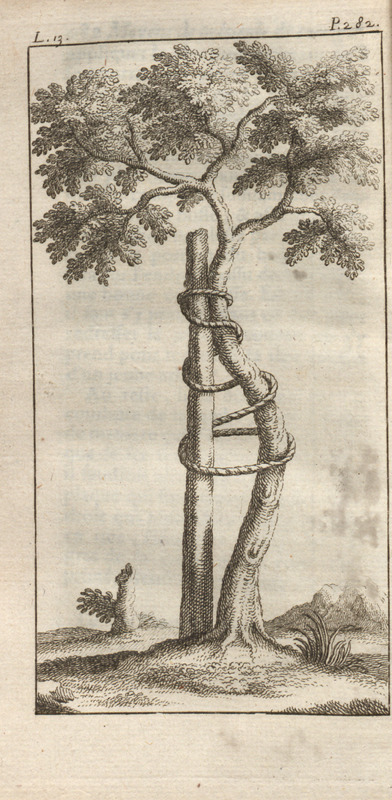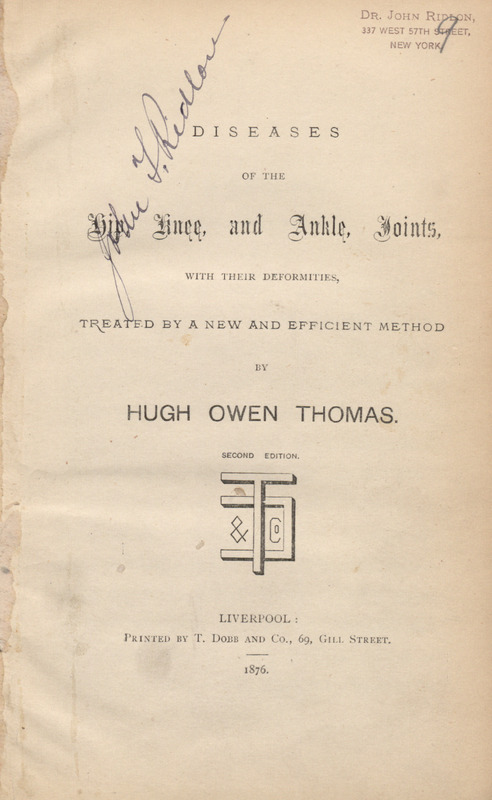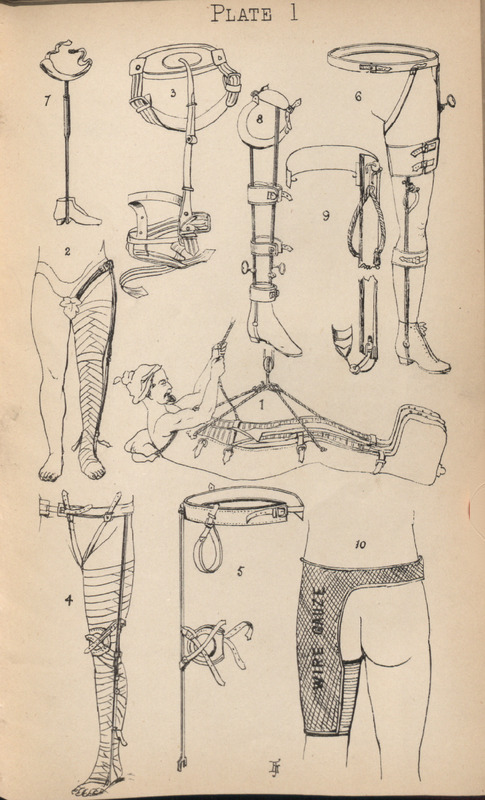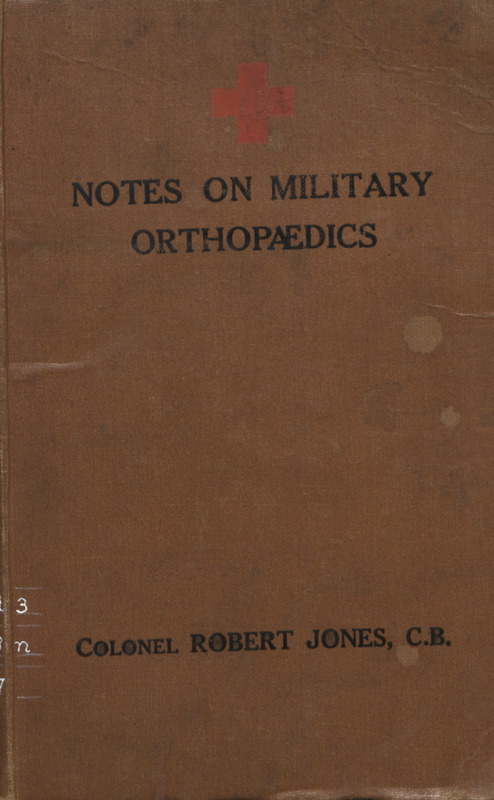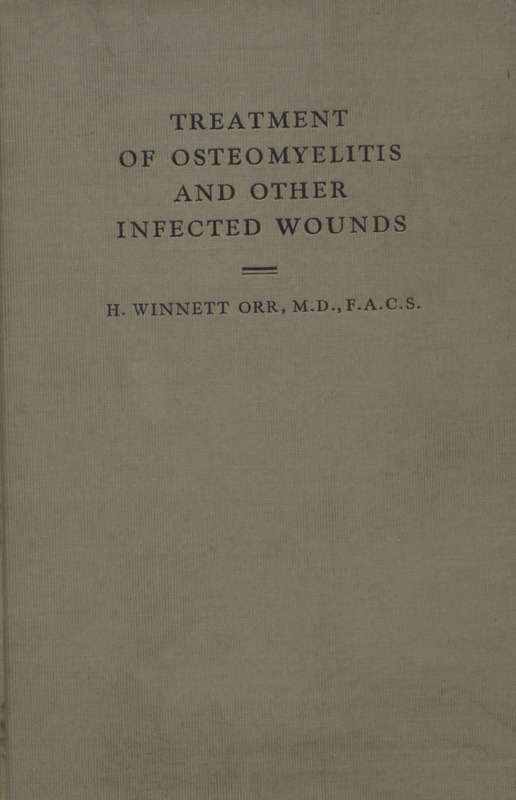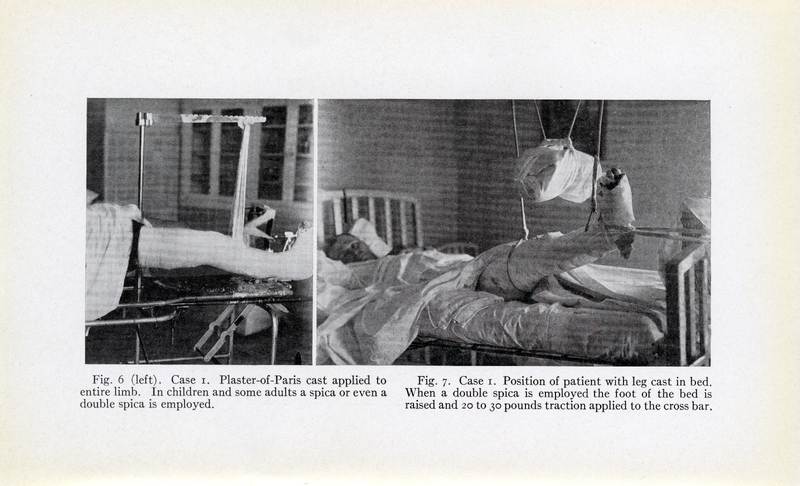L’orthopedie ou l’art de prevenir et de corriger dans les enfans, les difformites du corps:
le tout par des moyens a la portee des peres & meres, & les personnes qui ont des enfans a elever
Orthopedics or the art of preventing and correcting body deformities in children: all by means within reach of fathers and mothers, and people who have children to raise
Nicolas Andry de Bois-Regard was a French physician who originated the word “orthopedics.” It is derived from the Greek orthos (straight) and paidos (child). He wrote this book when he was 82 and published it in 1741, one year before his death. Andry wrote it not for physicians or surgeons but for parents and guardians working with children daily and, therefore, able to perform the orthopedic exercises regularly. Andry’s book is famous for depicting a bent tree tied to a post, a symbol of orthopedics worldwide.


